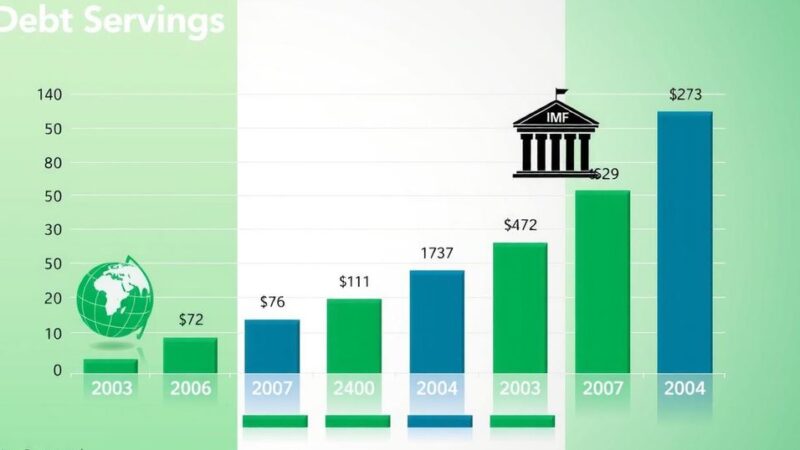Angola’s National Development Plan aims to strengthen agriculture through $60 billion in natural gas projects, reducing fertilizer imports by using locally produced ammonia and urea. The AOG conference will discuss investments in the natural gas sector to enhance agricultural efficiency. Upcoming projects, such as the Soyo II power plant and increased LPG distribution, are expected to improve energy availability for farming operations.
Angola’s National Development Plan (NDP) for 2023-2027 sets forth a robust strategy aimed at enhancing agricultural productivity and ensuring food security in the nation. Central to this initiative is a projected $60 billion pipeline in natural gas projects, poised to provide a cost-effective energy source for the agricultural sector.
The Angola Oil & Gas (AOG) conference, scheduled for September 3-4 in Luanda, will explore the strategic importance of investments in the natural gas value chain. This event will facilitate discussions among upstream, midstream, and downstream stakeholders, addressing crucial topics such as power generation, fertilizer production, and financial integration opportunities.
Angola currently relies on fertilizer imports costing around $120 million annually to satisfy domestic demand. Nevertheless, by harnessing natural gas for ammonia and urea production, this dependency is expected to diminish. A notable development involves Toyo Engineering Corporation partnering with Amufert in February 2025, utilizing proprietary technology to enhance urea production at the Soyo plant, which will operate at a capacity of 4,000 tons per day by 2027, substantially bolstering domestic fertilizer availability.
Furthermore, natural gas promises to improve fuel reliability for agricultural operations, moving away from reliance on biomass and diesel. Angola’s LPG distribution is set to increase significantly, with 1.3 million tons expected for the domestic market by Q4 2024, and a projected 31% rise in LPG demand by 2027. Additionally, Sonangol is set to triple its gas-filling capacity in Cabinda to enhance availability.
Significant gas projects are on the horizon that will further support the agricultural industry. The Soyo II combined-cycle power plant, set to launch in 2025, will boost electricity supply by 20%. Additionally, the Quiluma and Maboqueiro fields are advancing rapidly, with operations scheduled to commence early-2026. These initiatives are integral to powering agricultural machinery, irrigation systems, and food processing, consequently fortifying food security in alignment with the NDP.
The AOG conference serves as Angola’s largest oil and gas event, underpinned by the support of numerous governmental and industry stakeholders. It presents a vital opportunity for participants to engage in meaningful dialogues that will shape the future of Angola’s oil and gas sectors and their potential benefits for agriculture.
In summary, Angola is positioned to leverage its natural gas resources to bolster agricultural productivity and food security through significant projects outlined in the National Development Plan. Key developments, including the Soyo urea plant and enhanced LPG distribution, are set to decrease reliance on imports and improve fuel access. Moreover, upcoming gas initiatives will provide vital energy supplies to support agricultural operations, contributing to a more sustainable sector.
Original Source: energycapitalpower.com






